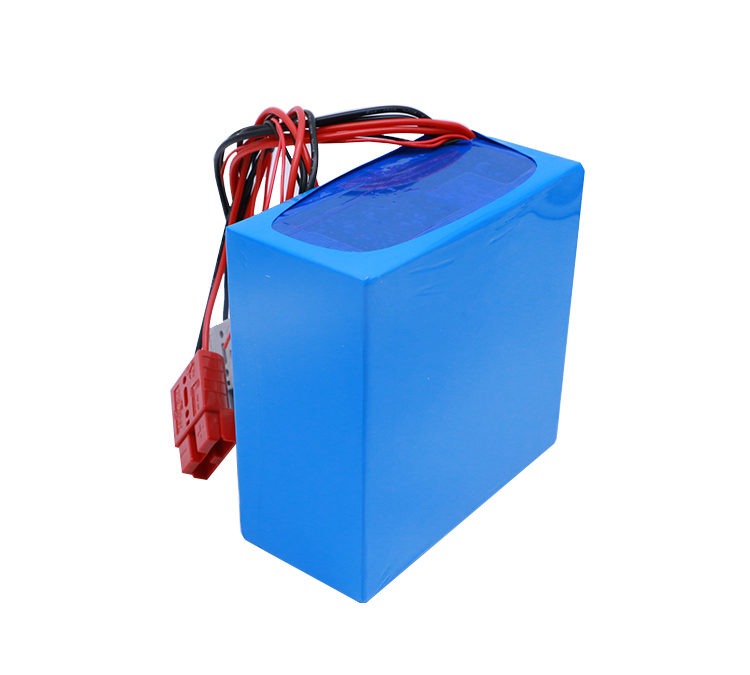Lithium manganate batteries are a class of lithium-ion batteries. For the classification of lithium-ion batteries, as their negative electrode is basically a carbon material, the main way of classification in the industry is by the lithium-ion battery cathode material and respectively. The so-called lithium manganate battery refers to the cathode using lithium manganate material battery. So, what is lithium manganate? It is produced by mixing and sintering EMD (a raw material that was used for mercury-free alkaline manganese batteries) and lithium carbonate (also a raw material), together with the appropriate additives.
Nowadays, when we talk about lithium manganate, we say that it has a spinel structure, which refers to the crystal shape in which it is used in lithium batteries, and when lithium manganate is not used in lithium batteries, there is also a layered structure. The spinel structure is relatively more stable than the lamellar structure (although the stability of the different shapes in the geometry seems to come to mind based on the chemical properties), and therefore the spinel structure is currently used in practical applications.
In addition to lithium manganate, lithium cobaltate and ternary lithium battery cathodes are also spinel structures, but the spinel structure of lithium manganate has a very distinct character compared to its two counterparts, i.e. both advantages and disadvantages are very prominent. Its advantages are: low temperature resistance, good multiplier performance, relatively easy to prepare, disadvantages are: the material itself is not stable, need to be mixed with other materials, high temperature performance is poor, cycle performance is poor, fast decay. These disadvantages of lithium manganate result from the properties of manganese. However, the widespread availability of manganese gives it a significant cost advantage.
Because lithium manganate is such a distinctive material, its advantages have been exploited and its disadvantages suppressed, so that lithium manganate batteries are used in different applications, usually referred to as Class A and Class B. Class A is used for power batteries, focusing on safety and cycling performance, requiring a reversible capacity of 100 to 115 mAh/g and maintaining 80% capacity after 500 cycles. Class B is mainly used for Consumer electronics (mobile phone category), which are characterised by high capacity, generally requiring a reversible capacity of 120 mAh/g, but cycle performance only requiring 60% capacity to be maintained after 300~500 cycles.
The different performance of these two types of battery is achieved during the production process. As mentioned earlier, the preparation of lithium manganate is relatively simple. If it is to be processed into positive electrodes suitable for A and B batteries respectively, the additions and operational processes will be different and different synthesis methods will be used. Specifically, there are: high temperature solid phase method, melt impregnation method, microwave synthesis method, co-precipitation method, hydrothermal synthesis method, etc. If each preparation method is described in detail, it is a matter of manufacturing process, and here it is sufficient to know that there are multiple methods.
